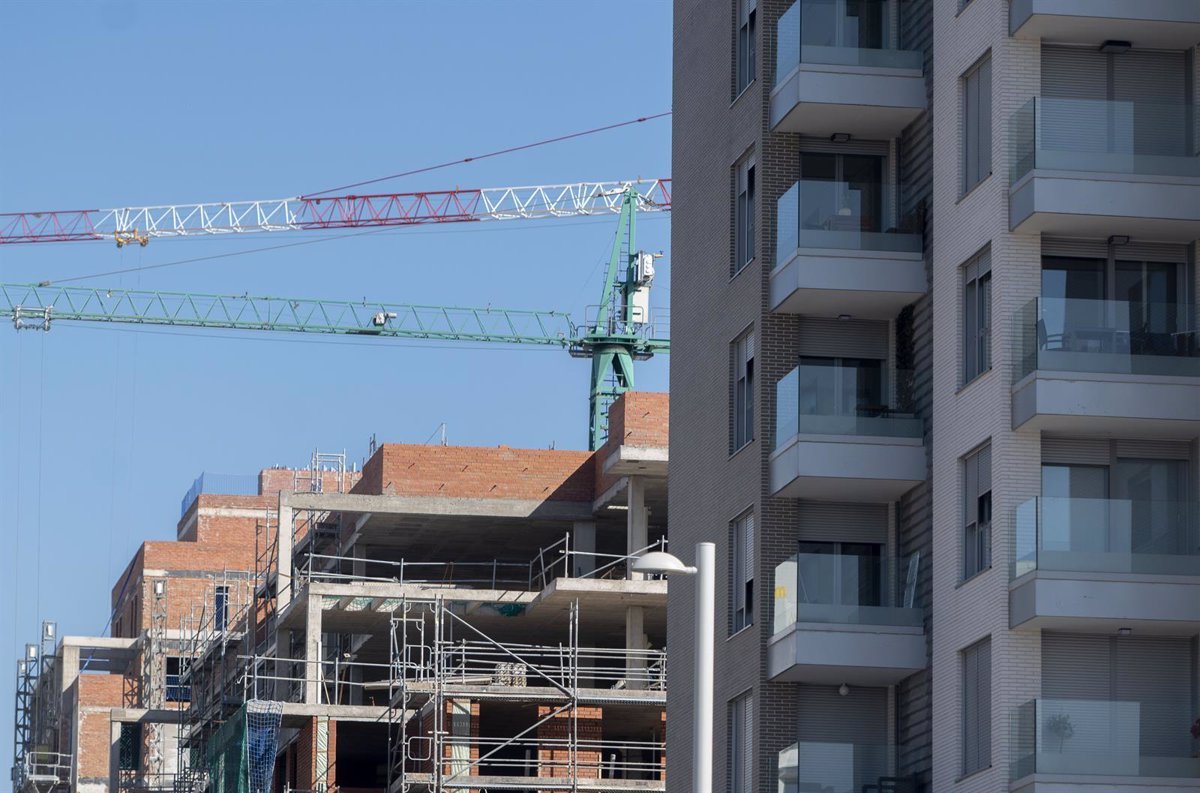
An Artificial Intelligence predicts that the city of Santa Cruz de Tenerife will experience a 6.2% decrease in rental housing prices on a quarterly level (i.e., comparing the estimated evolution between April 1 and June 30, 2025), while Las Palmas de Gran Canaria would increase by 0.4%.
This data stems from an estimation by the DataVenues rental predictive index tool from Fotocasa, which aims to «anticipate market behavior and forecast the evolution of prices in the housing sector, both for buying and renting,» as stated by the entity in a press release.
«At Fotocasa, we continue to focus on innovation and transparency as fundamental pillars to understand the real estate market. With our DataVenues Predictive Price Index, we take a decisive step towards anticipating market behavior, applying artificial intelligence and advanced analytics to thousands of supply and demand data points,» explained Fotocasa’s Studies Director, María Matos.
In Spain as a whole, the DataVenues rental predictive index also estimates that rental prices for housing will decrease in several provincial capitals by the end of the second quarter of 2025.
Among the cities where larger decreases in rents are expected are Badajoz (-14.5%), Santa Cruz de Tenerife (-6.2%), Granada (-5.3%), Madrid (-4.3%), Toledo (-4.0%), Córdoba (-2.6%), Salamanca (-2.0%), Valladolid (-1.9%), and Valencia (-1.3%).
Other cities will also experience milder quarterly declines (below 1%), such as Jaén (-0.9%), Santander (-0.2%), Vigo (-0.2%), and Albacete (-0.1%).
On the other hand, the tool suggests that cities like Almería, Zamora, Lugo, Girona, Barcelona, Ciudad Real, Sevilla, Málaga, Pamplona, and Segovia will end the second quarter without any price variations.
PROVINCIAL CAPITALS WITH THE GREATEST DECREASE
Despite significant increases in rents being forecasted in several capitals, these may be more moderate in this second quarter than in the previous period.
Firstly, San Sebastián (+13.7%), Castellón de la Plana (+10.7%), and Cádiz (+9.8%) will be the Spanish cities experiencing the highest price hikes. Similarly, rents in Alicante will increase significantly (+9.0%), as will those in Burgos (+6.4%), A Coruña (+5.7%), and Palencia (+5.6%).
According to the tool, these capitals will complete the Top 10 cities with the highest rental increases nationally: Logroño (+5.3%), Palma (+5.1%), and Murcia (+4.6%).
In the more moderate zone of rental increases, cities like Pontevedra (+3.8%), Cuenca (+3.7%), Cáceres (+3.2%), Tarragona (+3.1%), Ávila (+2.5%), Guadalajara (+2.2%), and Lleida (+2.0%) will be found. Following this, the tool predicts that provincial capitals with positive variations below 2% include Huesca (+1.5%), Teruel (+1.5%), Huelva (+1.3%), León (+1.3%), Bilbao (+0.7%), Zaragoza (+0.4%), Oviedo (+0.4%), Ourense (+0.4%), Las Palmas de Gran Canaria (+0.4%), and Vitoria (+0.2%).
PRICES LINKED TO CYCLICAL PHENOMENA
The index has also identified variations in offer prices that may be linked to cyclical phenomena, such as vacation rentals, student rental periods, or any other scenario that could generate recurring quarterly fluctuations.
This is the case for estimations made for cities like San Sebastián, Cádiz, Alicante, Palma, Murcia, Cáceres, Huesca, Bilbao, Valladolid, or Badajoz.
Additionally, the tool has noted that in the cases of Badajoz, Palencia, Santa Cruz de Tenerife, Sevilla, and Zamora, there is also a very pronounced volatility in the estimated evolution of rental prices in recent months, which could lead to a correction in the coming quarters.






